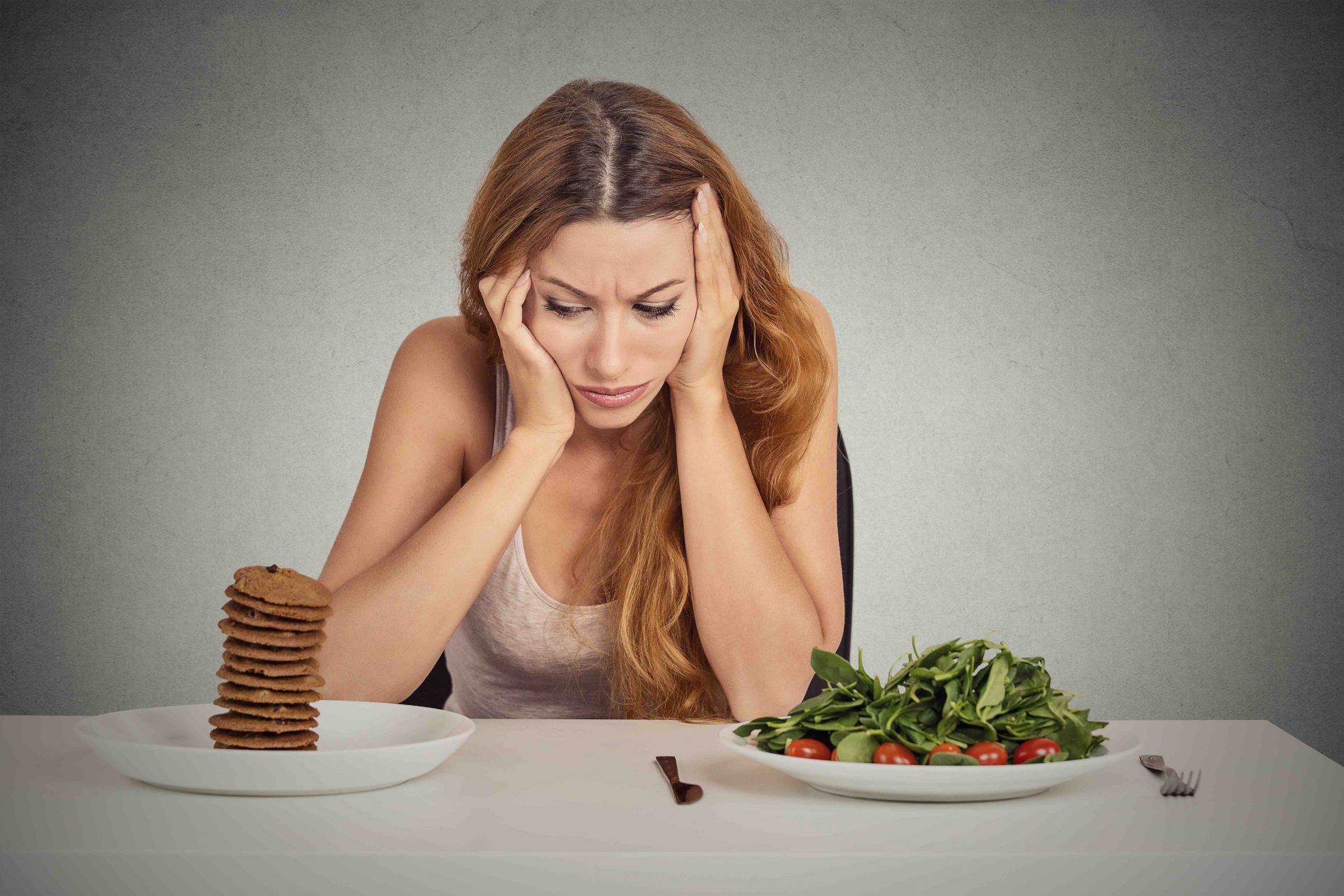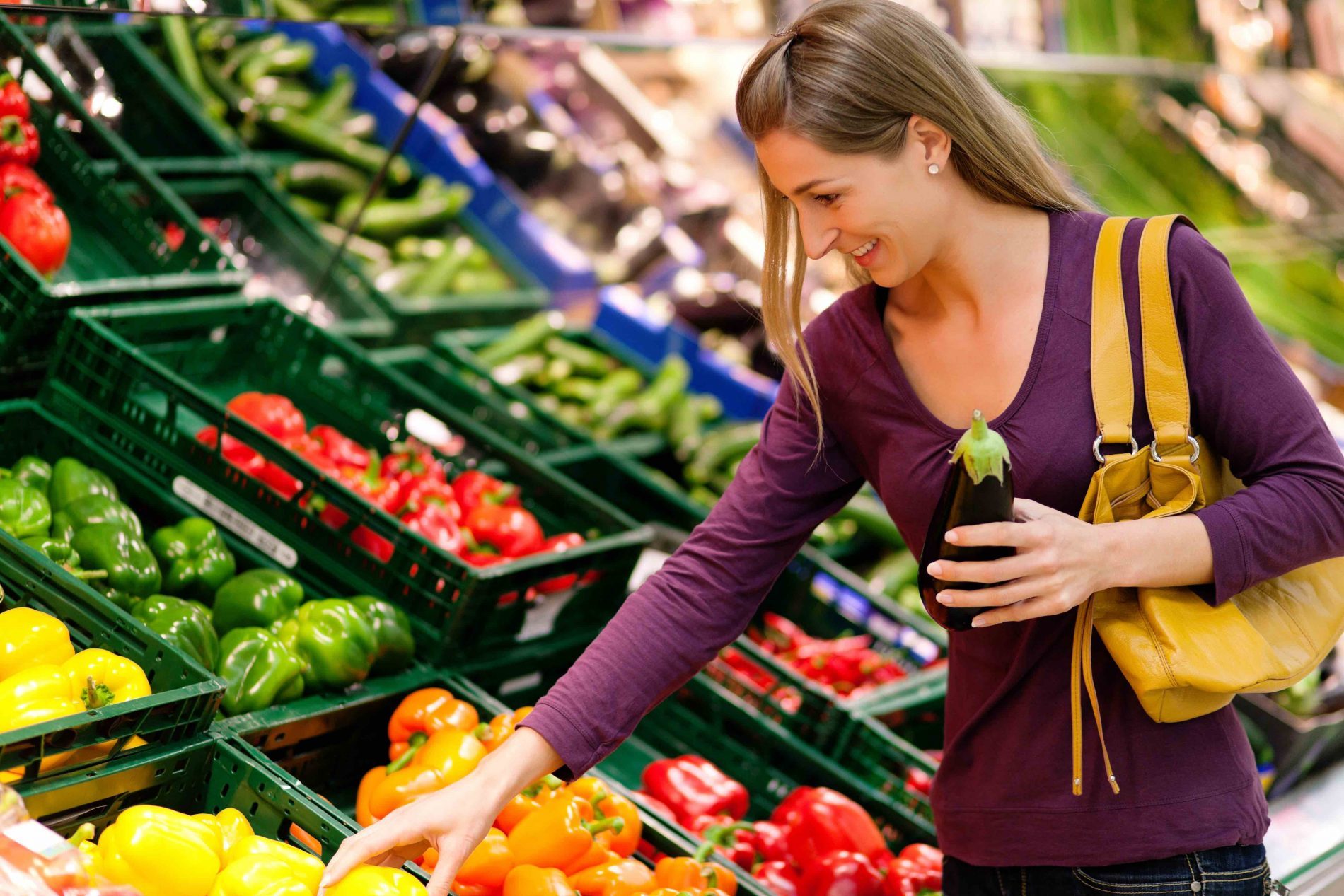Anxiety. Self-doubt. Sadness. Loneliness. Frustration. Boredom.
These emotions are can be quite uncomfortable. When they make an appearance it is a natural inclination to push them away- with food, alcohol, drugs, shopping, excessive exercise. I’ve done it all, but for many years my most reliable self-medicating drug of choice was sugar. With that sublime hit of dopamine, sugar temporarily softened the edge of anxiety and self-doubt. The problem was that the post sugar-fix trough was even more unbearable than the initial uncomfortable emotion.
I gave up sugar a year ago; as a result I needed a new strategy to deal with my emotional cravings. Here are a few tips based on my experience (I believe the same strategies can be utilized to deal with emotional cravings for drugs, alcohol, shopping, etc.):
Address cravings directly by asking questions:
• Am I craving this because I am hungry? If not, what is going on? Am I looking for a hit of dopamine?
• Am I hoping to numb an unpleasant feeling by eating this item? If so, can I sit with this feeling for a bit?
• Where is this feeling stemming from? Is the feeling irrational?
• Is there something else I can do to address this feeling?
Make a list of things you love to do. When you recognize an emotional craving commit to trying one (or more) of these activities. For example:
• take a walk
• listen to a podcast
• cuddle with a partner/pet
• call a friend
• do yoga
• paint/draw/journal
• listen to a favorite song
• read a book or a magazine
Understand that freedom from emotional cravings is a process.
Don’t sink into self-loathing if you have a bit of a backslide. Forgive yourself and move on. You can choose to learn from the experience and be better equipped to deal with the next emotional craving.
The ability to understand the process is transformative. I am NOT cured of emotional eating. Just the other day I was experiencing a mental block while working on a big project and frustration was creeping in. I could feel the frustration transitioning to anxiety and suddenly I was daydreaming about almond butter. I could clearly envision sliding open the silverware drawer, grabbing a spoon, opening the fridge and reaching for the jar. How enjoyable a fat scoop of almond butter would be! But because I’ve been practicing, I was able to pull back and became an observer of my thoughts. It was interesting that the uncomfortable feelings led to the almond butter jar. I asked myself a few questions: Was I hungry? Nope. Was I experiencing an emotional craving? Yep.
I turned to my tried and true anxiety remedy: I went outside. I took a hike in the woods. I stopped to notice the new buds forming on the plants and trees, to appreciate the bright green ferns poking out of the layer of decayed fall leaves. I watched the birds and listened to them calling to one another. The walk was refreshing and renewed a deep sense of appreciation in my soul. But when I returned and tried to sit once again with my project the frustration came rushing back. I clearly wasn’t done with my mental break yet.
So I played one of my favorite inspirational podcasts and cleaned out a cupboard. And you know what? The podcast happened to be about the very issue with which I was seeking guidance! I gratefully received the inspiration I had been craving, I felt accomplished about my tidy cabinet, and I had subsequent success with my project. All without almond butter!
If you are dealing with emotional cravings, they can feel impossible to resolve. Know that you have all the tools you need to start the unraveling process: awareness, a plan, and self-compassion!
______________________________
Blog by Guest Author:
 Katie Harrison
Katie Harrison
I am a teacher, a Primal Health Coach, and a resident of a tiny Alaskan town. My husband and I live in a 384 square foot wood-heated cabin without running water. We love to play outside, catch fish, and forage for wild plants.
You can find me on my website, Awaken Your Glow, and Instagram.
https://www.awakenyourglow.com/
https://www.instagram.com/awakenyourglow/
Jo-Anne Richardson has almost a decade of experience managing a chiropractic office and educating patients on how chiropractic can allow your body to express optimal health. She is a Registered Holistic Nutritionist and holds a Degree in Communications. She loves to experiment with raw vegan recipes, loves to salsa dance, travel and learn new holistic health information to share tips with everyone who visits the office.


